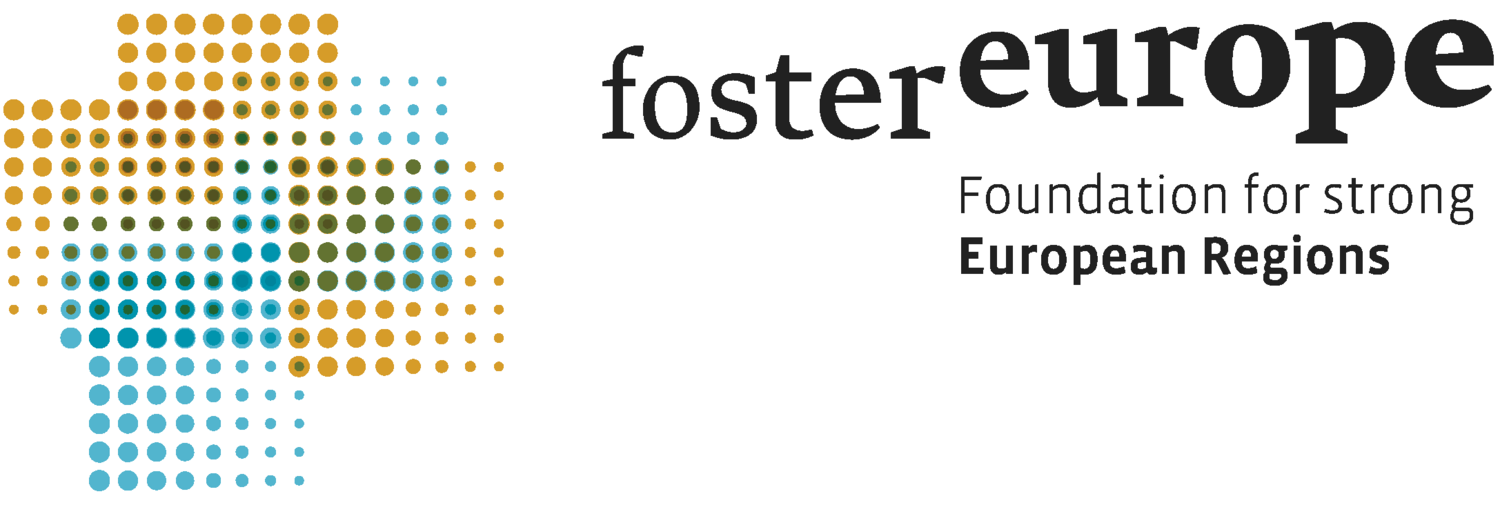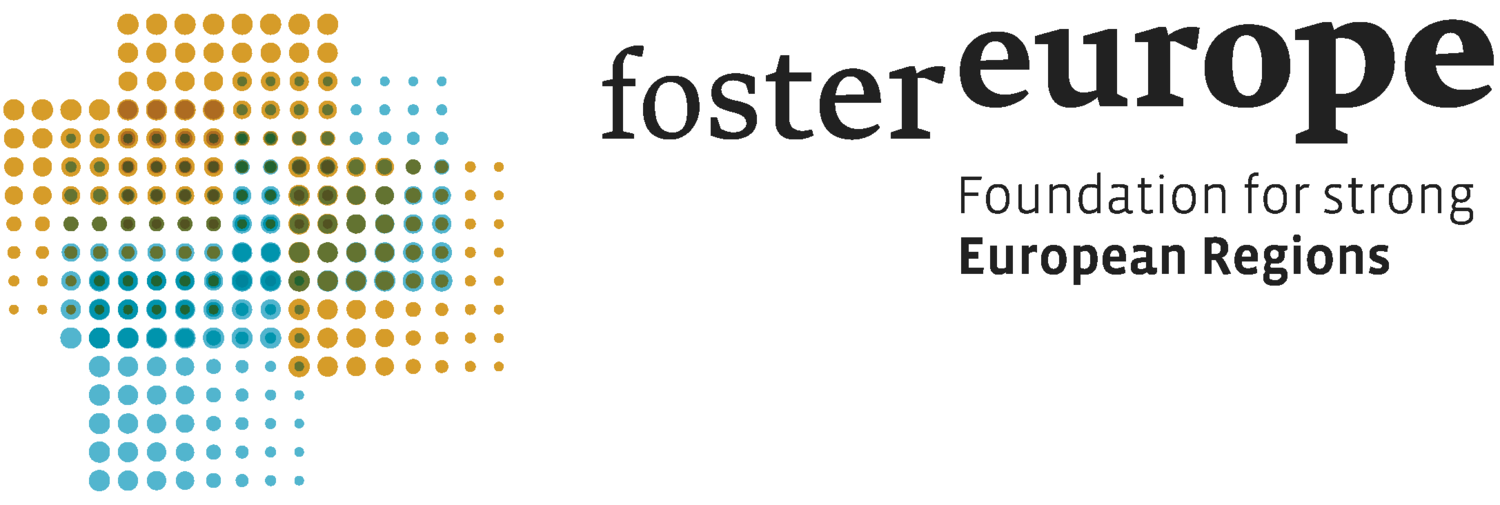Civic Participation in Times of Crisis and Change: Lessons from Europe and Beyond
International Conference Report | Civic Participation and Democracy: Limits, Potentials, and Extremes
Civic participation is widely acknowledged as a foundation of vibrant democracies — but where are its limits, what potential does it hold, and how can it resist manipulation? These questions stood at the heart of the international conference "Civic Participation and Democracy: Limits, Potentials and Extremes", organised by FOSTER Europe on 11 June 2025. Building on previous events in the FOSTER project, the conference brought together scholars, civil society representatives, and activists to explore the evolving landscape of citizen engagement in democratic reform.
Civic Engagement Across Political, Social, and Cultural Dimensions
The conference opened with a compelling keynote by Elena García Guitián, a political scientist from Madrid, who laid the theoretical groundwork for the event. Her address highlighted how different forms of participation contribute to democratic development in Europe — but also warned of the risks: civic participation can be co-opted by authoritarian regimes to simulate democracy without granting real power to citizens.
This critical framing sparked a multifaceted discussion around four major dimensions of participation: political, social, cultural, and ecological. Participants explored how engagement emerges informally, particularly through grassroots activism, and how civic energy can transform societies even without institutional backing.
Special attention was given to rural areas, where traditional concepts of the public sphere are often fragmented. These regions, frequently overlooked in democratic innovation, were shown to offer unique models of bottom-up engagement that deserve greater recognition and support.
Participation Under Pressure: Authoritarianism and War
A central focus of the event was civic participation under extreme conditions. Two powerful case studies were presented:
Belarus: Civic resistance against the Lukashenko regime has persisted despite election fraud, violence, and political exile. Belarusian civil society has developed parallel institutions abroad to continue work in human rights, media, healthcare, and representation — showcasing the power of organized civic action in exile.
Ukraine: The full-scale Russian aggression has not silenced civic life. On the contrary, Ukrainian communities have shown how war can deepen public engagement. Citizens shape local responses through consultations, inclusive services, and diaspora initiatives. Civil society–local government partnerships, including the work of Local Democracy Agencies, were highlighted as key to sustaining democratic practice.
These examples show that civic participation is not suspended in crisis — it adapts, resists, and rebuilds. Both cases underline the resilience and relevance of grassroots democracy, even under repressive or violent regimes.
Interactive Breakout Sessions: Europe, Youth, Development
The conference featured two breakout rooms where participants engaged in thematic deep dives:
Room 1: What Do We Need from Europe?
This session focused on reconnecting young people with the European Union, particularly in the Western Balkans. Participants advocated for interactive methods — such as online sessions, cultural activities, and field trips — to build trust and motivation. Expanding civic education and involving civil society in EU accession processes were emphasized as strategies to reignite engagement and bridge the generational divide.
Room 2: Civic Participation, Democracy and Development
Here, discussions revolved around institutional support for civic actors, especially youth-led and gender-equal initiatives. Key takeaways included the need for intergenerational cooperation, experience-sharing among NGOs, and direct policymaker access. The group emphasized the importance of sustainable funding and cross-sector collaboration to foster civic trust in democratic institutions.
Good Practices and Transferable Models
Six case studies showcased practical approaches to strengthening democratic participation:
Belarus: Exile-based civic structures provide services and sustain democratic resistance under authoritarianism.
Ukraine: Decentralised, digital, and collaborative civic initiatives demonstrate the adaptability of democracy in wartime.
Mostar: Revitalizing shared public spaces fosters reconciliation and community-led development in divided cities.
Democratic Odyssey: A visionary model for embedding citizen deliberation in EU decision-making.
European Capital of Democracy: Cities like Vienna and Barcelona lead in showcasing democratic innovation through participatory programming.
Devetaki Plateau (Bulgaria): Rural community development driven by Future Search Conferences and Smart Innovation Packages, blending local heritage with sustainable entrepreneurship.
These practices illustrate that civic participation thrives through cooperation, creativity, and community leadership. They can be scaled across diverse settings — from post-conflict regions to rural innovation zones — and offer valuable lessons for democratic resilience.
Conclusion: Civic Space Must Be Protected
The conference concluded with a clear message: Civic participation is both a democratic right and a vital response to systemic injustice. Whether in war zones, authoritarian states, or marginalised communities, citizen engagement remains a key driver of renewal and resilience. To protect and strengthen democracy in Europe and beyond, civic space must be recognised, resourced, and defended — especially where it is most under threat.
With participants from Europe, the Middle East, and North Africa, the conference fostered transnational networking and knowledge exchange. It created a valuable platform for sharing visions, best practices, and future scenarios for participatory democracy.

